
As much as I would like to go into another topic, I would be remiss if I didn’t address fact-based insights regarding Covid-19 (i.e. Coronavirus). In this article I will go over how to protect yourself from coronavirus among other common viruses during the winter months (don’t forget about influenza and the common cold).
We all are feeling pretty overwhelmed with information regarding the coronavirus, some credible and some so not credible, from a multimedia overload. The good news is that the coronavirus, thus far, seems to be at lowest risk in infants and young children. Seniors over the age of 60, especially those with chronic medical conditions, are most at risk. I want to arm you with things you can control along with accurate information.
Tips to Stay Well
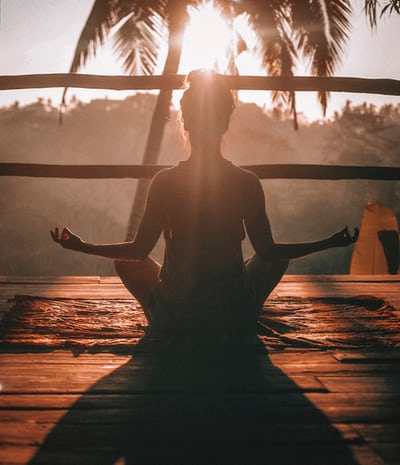
1. Check the amount of worry
Excessive worry and prolonged, unresolved stress weaken your natural immune system, just the opposite of what you want to do when protecting your body against a communicable disease, and any illness for that matter. While the coronavirus is a potentially serious threat, you do have control over how you preload your body to protect against this virus.
Challenge yourself to stay in the present. Perhaps your worry is compounding; you are not only thinking about what is currently happening, but also projecting into the future. When you find yourself worrying about something that hasn’t happened, gently bring yourself back to the present moment. Notice the sights, sounds, tastes, and other sensory experiences in your immediate moment and name them. Engaging in mindfulness activities is one way to help stay grounded when things feel beyond your control.
Separate what is in your control from what is not. There are things you can do, and it’s helpful to focus on those. Wash your hands. Remind others to wash theirs. Take your vitamins. Limit your consumption of news (do you really need to know what is happening on a cruise ship you aren’t on?).
Filter what comes into your world. Reduce the media coming into your day to day. Try as much as possible to stick to your schedule and not get sucked into the black hole of media uproar. This has extreme effects on you, whether or not you believe the messages. TURN IT OFF.
Stay connected and reach out if you need more support. Talk to trusted friends about what you are feeling. If you are feeling particularly anxious or if you are struggling with your mental health, it’s ok to reach out to a mental health professional for support. You don’t have to be alone with your worry and it can be comforting to share what you are experiencing with those trained to help.
2. Preload to protect
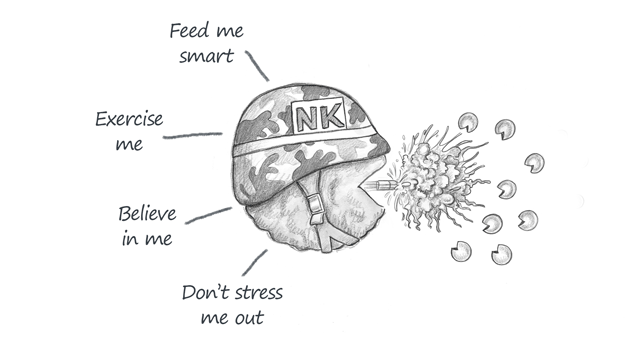
Doing whatever you can to keep your immune system healthy (not just protection against the Corona Virus) is important. When your immune system is preloaded with immune boosting foods, it is as if it is saying to you: “Okay, you have fed and cared for us wisely, so we are armed to fight for you against any germ that may come your way.” A simple way to understand this is by thinking about a natural germ-fighting army inside of your body (with a visual of course – courtesy of Dr. Sears). These are called Natural Killer cells – a Pacman-looking cell with a helmet that says “NK” on it (see above picture). These trillions of NK cells are constantly on high alert and police your body with search-and-destroy missions for germs (and even cancer cells, by the way) that don’t belong in your body and may threaten its health. Like magnets, they attach themselves to the foreign germs and literally shoot biochemical bullets into them and blow them up. If the general of your NK army could tell you four things to help your army fight better, it would be: 1) believe that we will fight for you; 2) feed us nutrient dense foods, such as fruits, vegetables, whole grains, nuts seeds, legumes, and sustainable seafood; 3) reduce added sugar and for a moment curtail excess sweet treats, especially sugary beverages, which depresses the immune system; and 4) move more, sit less. It’s interesting that studies have shown that movement mobilizes the immune system and increases the fighting ability of your NK cells.
3. Avoid spreading germs with your hands
- No handshaking. A bow or elbow bump or just a head nod to be super hip.
- Because the coronavirus can live on surfaces for up to 1-2 weeks, it makes sense to refrain from touching the most common surfaces that the virus is likely to live on: light switches, doorknobs, toilet flushers, elevator buttons, handles and handrails, gasoline pumps, cell-phones, and other high-touched areas. If you don’t have a wipe, use your knuckles or two hands with knuckles to turn knobs.
- Wipe shopping cart handles with disinfectant wipes if they are available. If not, bring your own (see below for how to make your own hand sanitizer) or else use disposable gloves with this kind of highly touched public surface.
4. Cover your mouth
Rather than using your hand to cover your nose and mouth when you cough or sneeze, use a disposable napkin or, as a last resort, cough/sneeze into the inside of your elbow. Remember that coughing onto clothing can harbor the virus for a week or more, so be careful that others don’t touch your sleeve.
5. Wash your hands
Wash your hands thoroughly and often, using soap and water, for 20 seconds. Teach your kids to wash while they sing the Happy Birthday song two times. Shoot, teach yourself.
6. Make your own hand sanitizer
Since commercial hand sanitizers are likely to be “out of stock” for a while, you can make your own with a combination of 91% alcohol and aloe vera gel. Here is a viable recipe we found online: Stir together well (I used a wire whisk) 2/3 cup 91% alcohol and 1/3 cup aloe vera gel. You can add 8-10 drops of essential oils (such as Tea Tree or Lavender for added benefit) to mask the odor of the alcohol. Pour this into several small bottles and keep one next to your home entrance door, in your car, at work, and any other areas where you’re likely to encounter the most people-touched objects, especially where soap and water is not handy.
7. Don’t touch your face!
You may be surprised to learn that most of us habitually rub our eyes, nose, and mouth nearly a hundred times a day, which can quickly transmit the virus from face to hand or from hand to face. As far as we know, the COVID-19 virus infects lungs as its main entry point, which brings us to the question of should you wear a mask. Since this virus is spread by droplets (tiny particles of mucus holding the virus) in the air from coughing or sneezing, you might think a mask should protect you from coughing the virus onto someone else and vice versa. Yet, most authorities do not believe that the typical masks sold in stores are that protective. The ones that are protective are so tightly fitting that it’s almost impossible to talk while wearing them. One good thing about wearing a mask, though, is it reminds you not to touch your nose, mouth, or eyes.
8. Follow trusted resources
Follow trusted coronavirus resources, such as found at the CDC website and below in the resource list.
9. Preload your immune system with smart foods
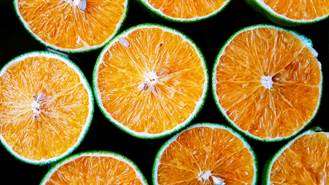
Nutrition and immune system: These include fruits, vegetables, and omega-rich food such as sustainable seafood. Especially during flu season, preload your body with an immune-boosting smoothie (check out the recipe below) in the morning, and a plant-centric dinner in the evening. Try to eat foods high in zinc, such as eggs, nuts, legumes, and sustainable seafood. So stop buying toilet paper and buy fruits and vegetables (and eat them).
Surviving Through the Coronavirus Scare

In a nutshell, the best ways to thrive and survive through the coronavirus scare is: preload your body, reduce your worry (SHUT OFF THE NEWS/MEDIA), be happy, eat more fruits, vegetables, and sustainable seafood, go outside and play, wash your hands, don’t touch your face, and EXERCISE daily.
Immune Boosting Smoothie
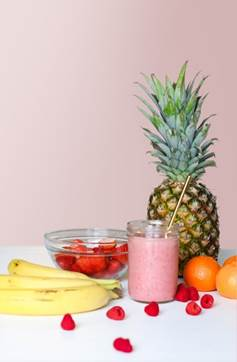
It’s best to keep very well-nourished that the nutritional reserves can withstand several days of poor eating. Drink this smoothie daily if you can during this time of year (preferably in the morning right when you make it fresh – it oxidizes quickly):
Smoothie Instructions
Select items from each of the five food categories below. Start with a few ingredients that you already know you like. Gradually add more. Be sure to add protein and healthy fats – your smoothie will taste better and keep you fuller longer than a carb-only drink. Aim for about 25% proteins, 40% to 50% healthy fats, and 25% plant-based carbs.
Combine chosen ingredients and blend until smooth. Serve immediately after blending while the mixture still has a bubbly milkshake-like consistency. This recipe is for several servings. Either pass it around to your family or save it for sipping throughout the day.
Smoothie Ingredients:
1. Healthy Fluids
- Kefir, organic, plain
- Almond, oat, cashew, hemp, soy, coconut, or other non-dairy milk, unsweetened
- Goat milk, Meyengerb
- Green tea, unsweetened
- Organic juice: green, vegetable, pomegranate
- Milk, low fat, organic, 100% grass-fed (pasture-raised)
2. Healthy Fats
- Avocado
- Nut butters
- All nuts
- Coconut oil, virgin or coconut chunks (watch the amount due to saturated fat)
- Ground flaxseeds, hemp, or chai seeds
3. Healthy Proteins
- Greek yogurt, organic, plain
- Nut butters
- Shelled Hemp Seeds
- Chia Seeds
- Pumpkin Seeds
- Clean and vetted protein powder; Vega and Bob’s Red Mill are my recent faves
4. Fruits and Greens (organic whenever possible)
- Blueberries
- Strawberries
- Açai berries
- Pomegranates
- Papaya
- Kiwi
- Banana
- Greens: kale, spinach, chard, celery
- Seriously any fruit and veggie is fantastic
5. Special Additions: Flavors and Nutrients
- Figs or dates (for more fiber and sweetness)
- Cinnamon
- Spirulina
- Wheat germ
- Cacao powder
- Grated organic orange peel
- Shredded coconut
- Mint
- Ginger root (for a spicy, tummy soothing perk-up)
- Half lemon or lime (for a tart taste)
6. Enjoy
Some of the benefits of this virus is quality time with family, slowing down/a break from the grind, and knowing that we are in this together.
Stay centered, calm, and media-restrained, my friends.
Miriam MPH, RD, CPT, Certified Intuitive Eating Counselor
Studio SWEAT Dietitian
Resources:
1. https://www.askdrsears.com/topics/coronavirus
2. CDC website
Curated COVID-19 Resources:
this article with common Coronavirus questions answered. Information is power.
this article on the best ways to clean and disinfect your phone during the Coronavirus outbreak.
this article on taking care of your mental health in the face of uncertainty.
this PDF by the World Health Organization on mental health considerations during the COVID-19 outbreak.
this resource for those who can’t find toilet paper and also want to support a good cause + the environment. 🙂
this resource on social distancing and how to discern social engagements like dating, small group gatherings, going to the gym, and going out to eat.




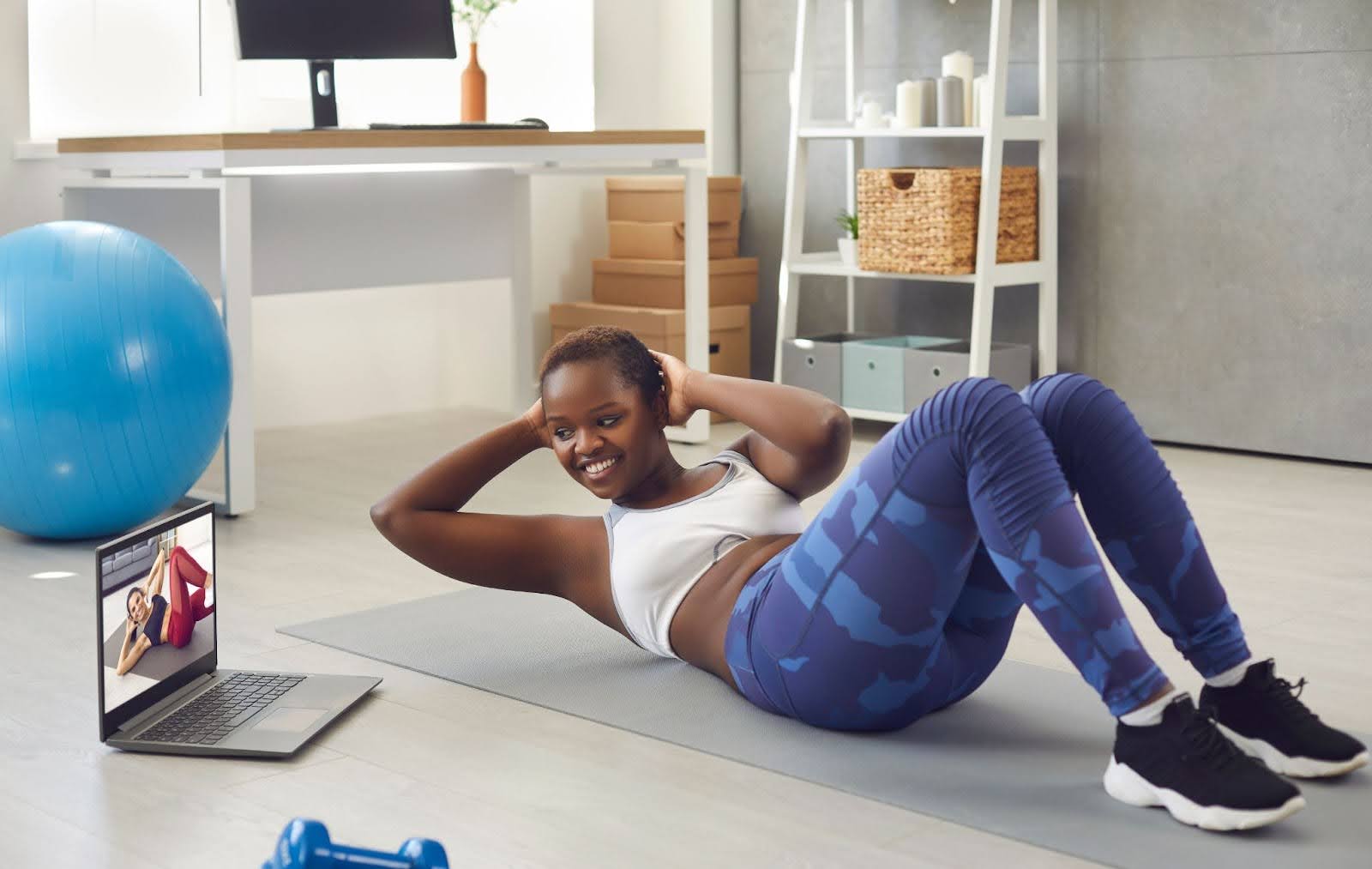




Comments - 0